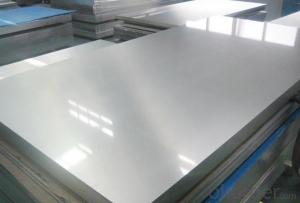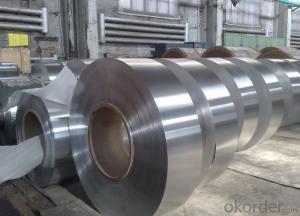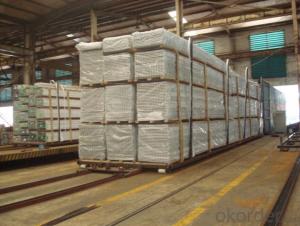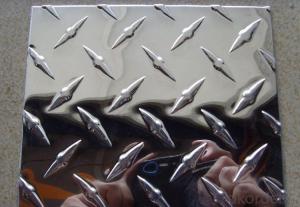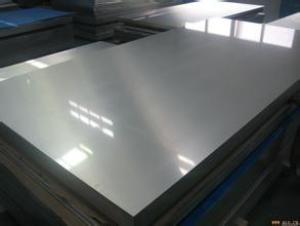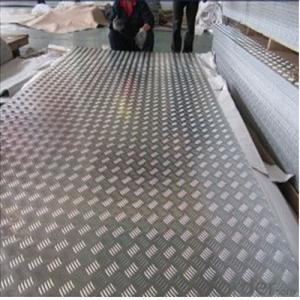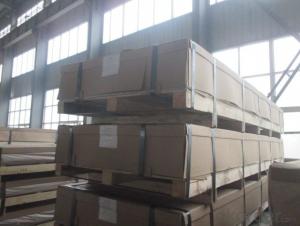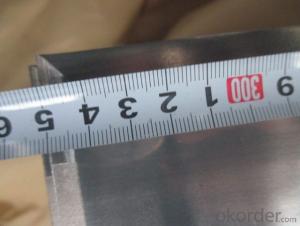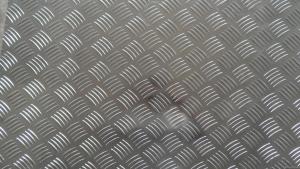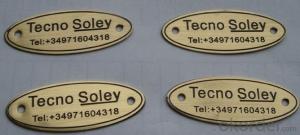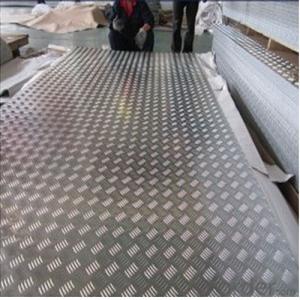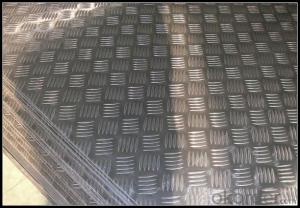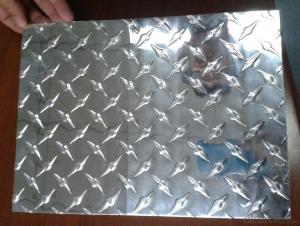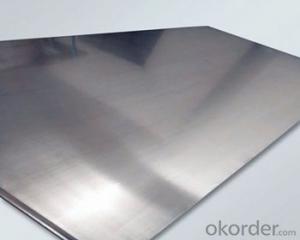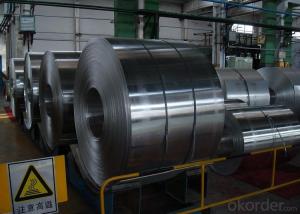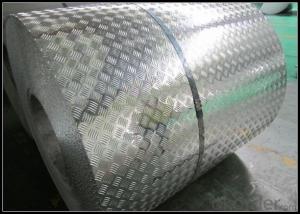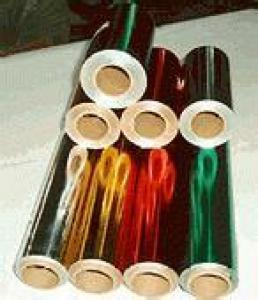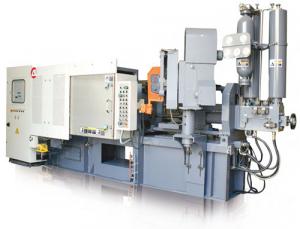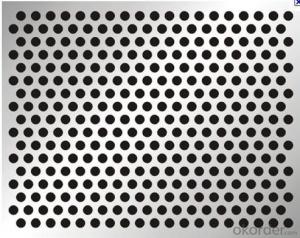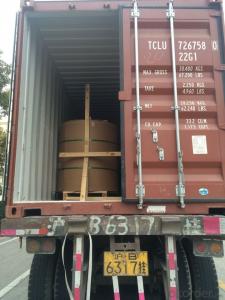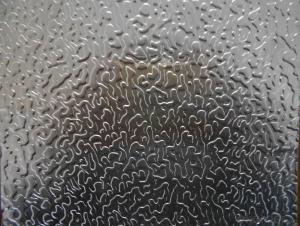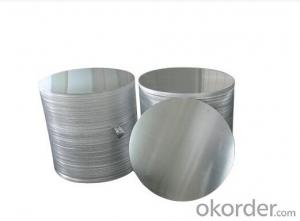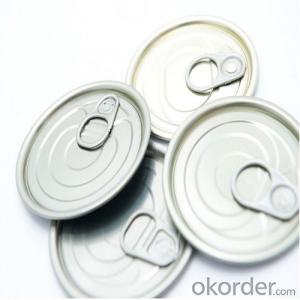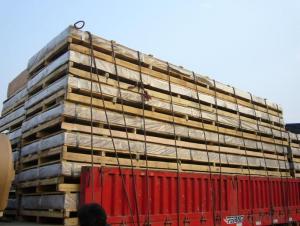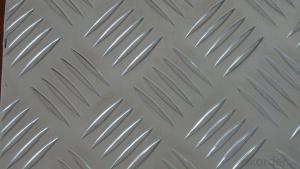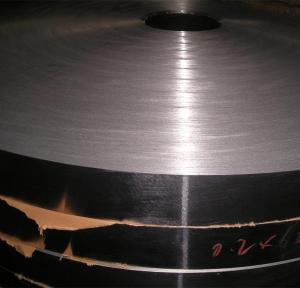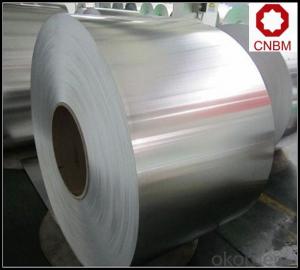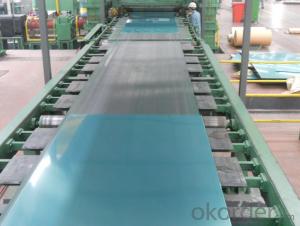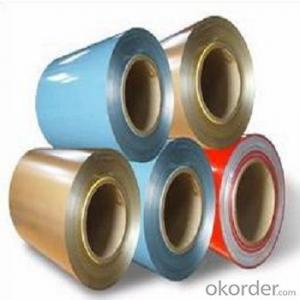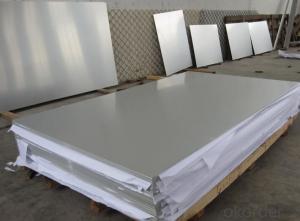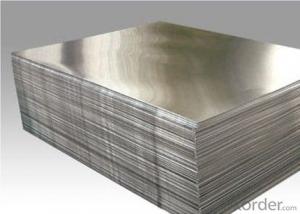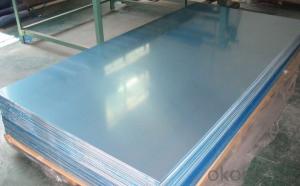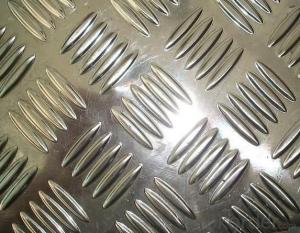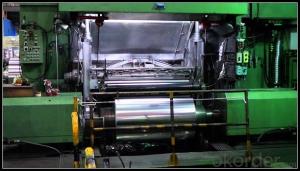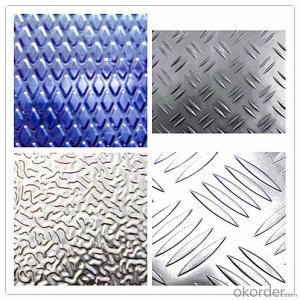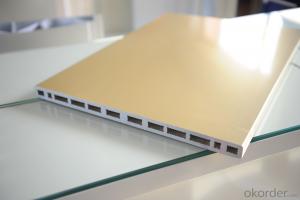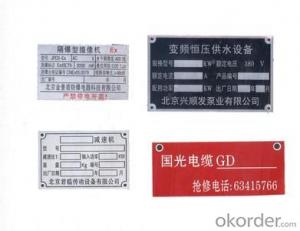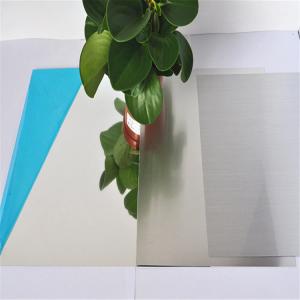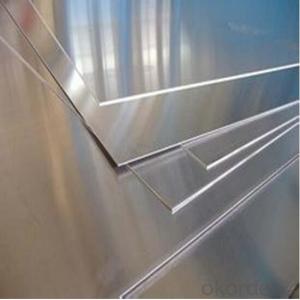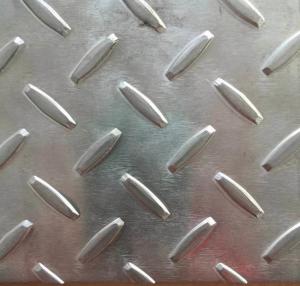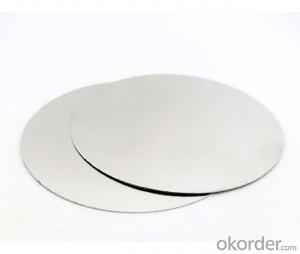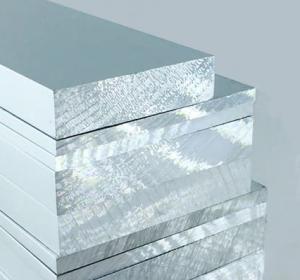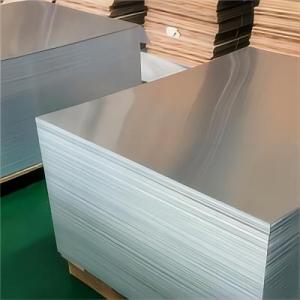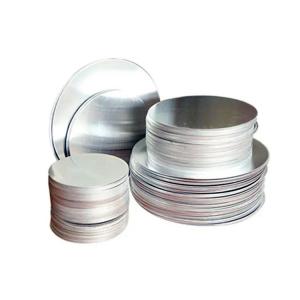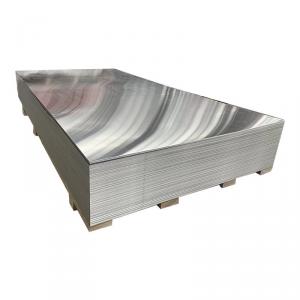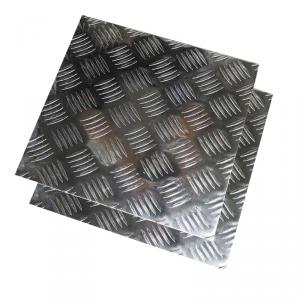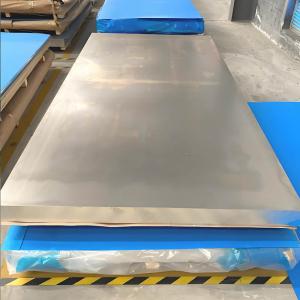Cost Of Diamond Plate Aluminum
Cost Of Diamond Plate Aluminum Related Searches
Aluminum Diamond Plate Cost Aluminum Diamond Plate Prices Aluminum Plate Cost 1 4 Aluminum Diamond Plate Price Aluminum Plate Price Aluminum Diamond Plate Weight Cheap Aluminum Diamond Plate Aluminum Plate Prices Aluminum Plate Price Per Kg Aluminum Plate Price Per Pound Buy Aluminum Diamond Plate Aluminum Diamond Plate For Sale 4x8 Diamond Plate Aluminum Price Aluminum Diamond Plate Material Aluminum Diamond Plate Panels 4x8 Aluminum Diamond Plate Price Aluminum Diamond Plate Strength Polished Aluminum Diamond Plate Aluminum Diamond Plate Suppliers Aluminum Diamond Deck Plate Diamond Plate Box Aluminum Aluminum Diamond Plate Thickness Black Diamond Plate Aluminum White Aluminum Diamond Plate Diamond Plate Aluminum Polish Wholesale Aluminum Diamond Plate Weight Of Aluminum Plate Diamond Plate Sheet Aluminum Aluminum Black Diamond Plate Anodized Aluminum Diamond PlateCost Of Diamond Plate Aluminum Supplier & Manufacturer from China
Cost Of Diamond Plate Aluminum encompasses a variety of aluminum products that feature a slip-resistant, embossed surface pattern. These products are known for their durability and resistance to corrosion, making them ideal for various industrial and commercial applications. The diamond plate aluminum products are commonly used in ramps, flooring, stair treads, and wall panels, providing a safe and robust solution for both indoor and outdoor environments. Their non-slip surface ensures safety underfoot, while their lightweight nature and ease of installation make them a popular choice among contractors and architects.The diamond plate aluminum products are widely used in a range of industries, including construction, manufacturing, and transportation. They offer a cost-effective and efficient alternative to traditional materials, such as steel or concrete, due to their lightweight properties and ease of maintenance. Okorder.com is a leading wholesale supplier of Cost Of Diamond Plate Aluminum, offering a vast inventory of these products to cater to the diverse needs of customers. With a commitment to quality and customer satisfaction, Okorder.com ensures that the diamond plate aluminum products are available at competitive prices and are delivered promptly to meet the demands of various projects.
Hot Products
